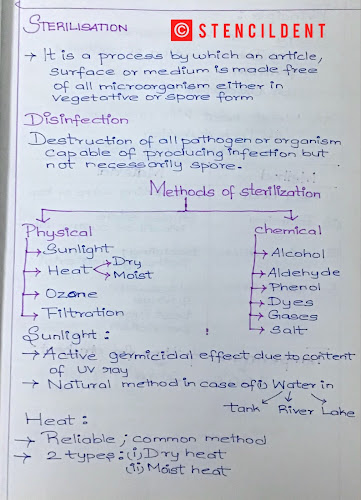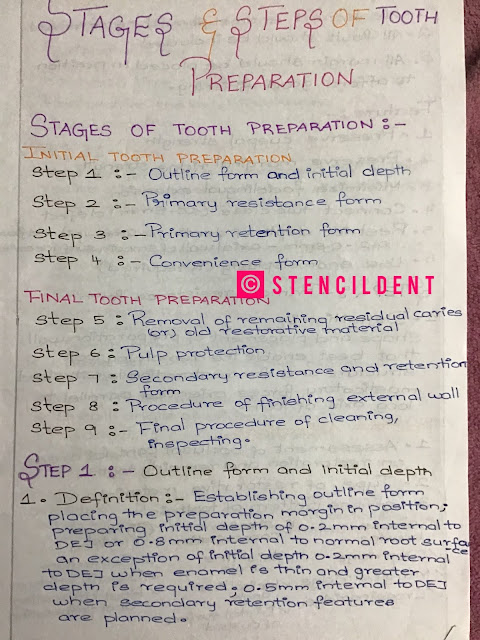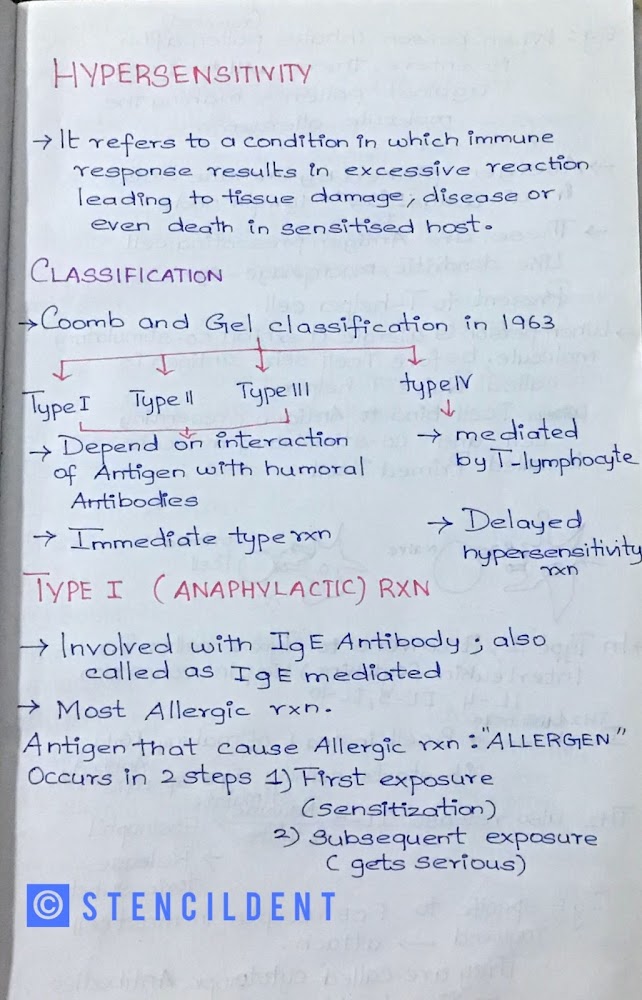MUST KNOW FACTS ABOUT CYTOKINES
CYTOKINES
INTRODUCTION:
- Cells communicate at molecular level by cytokine
- Paracrine function: released peptide and other molecule
- Soluble protein
SECRETD BY :
- Hemopoietic
- Non-hemopoietic cells in response to various stimuli
ROLE:
- Activaton of immune system
PROPERTIES EXHIBITED:
- PLEIOTROPHIC:
One cytokine act on different cell type
- REDUNDANCY:
Similar function by different cytokine
- Cascade induction:
one cytokine stimulate its target cell to make another cytokine
- SYNERGY:
Combination cytokine result in combined effect
CATEGORIES:
- INTERFERON-involved in antiviral response
- INTERLEUKIN-produced by one leucocyte, act on other
- TUMOUR NECROSIS FACTOR
- TRANSFORMING GROWTH FACTOR
- COLONY STIMULATING FACTOR-support growth of blood cell
- GROWTH FACTOR
- Growth factor and other cytokine -CRINOPECTIN
- Cytokine involved in leukocyte endothelial cell interaction -CHEMOKINE
INTERLEUKIN:
- About 35 interleukin been identified
- Example : T-Cell secrete -INTERLEUKIN -2 and bind to T-cell (AUTOCRINE SIGNALLING)
also secrete INTERLEUKIN 4 -Bind to B cell - result in B cell differentiation to plasma cell.
TUMOUR NECROSIS FACTOR:
- Produced by : Mast cell, Macrophage, T-cell
- Regulate immune response and inflammation
- Example: Macrophage release tumor necrosis factor alpha bind to neutrophil result in activation of neutrophils .
INTERFERON:
- Two types :type 1 :INTERFERON -ALPHA AND INTERFERON BETA
- TYPE2:INTERFERON GAMMA
- Increases phagocytosis by macrophage
- When virus enter cell (infected) it release interferon -bind to near by uninfected cell to produce -anti-viral proteins
- Prevents spread of viral infection









Comments
Post a Comment